List of Abstracts
Conference Speakers
Walter Cabri, University of Bologna (IT)
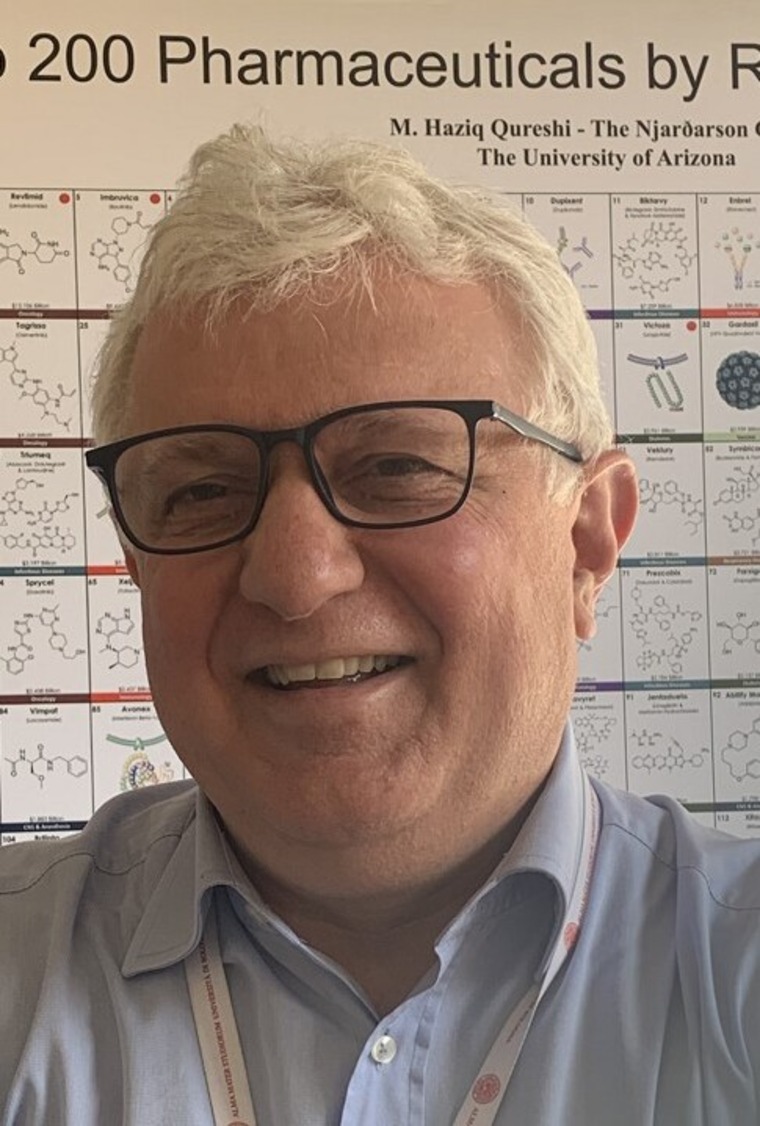
Pharmaceutical Green Chemistry - Modern Trends and Future Challenges
The new millennium is full of challenges for the pharmaceutical industry and looking at the production set up, the use of greener technologies is becoming an inescapable necessity. The ACS Green Chemistry Institute Pharmaceutical roundtable has defined some priorities and key target areas. We will described a few approaches developed in our lab to tackle some critical issues in industrial processes towards sustainability.
Paolo Melchiorre, ICIQ - Institut Català d'Investigaciò Química (ES)
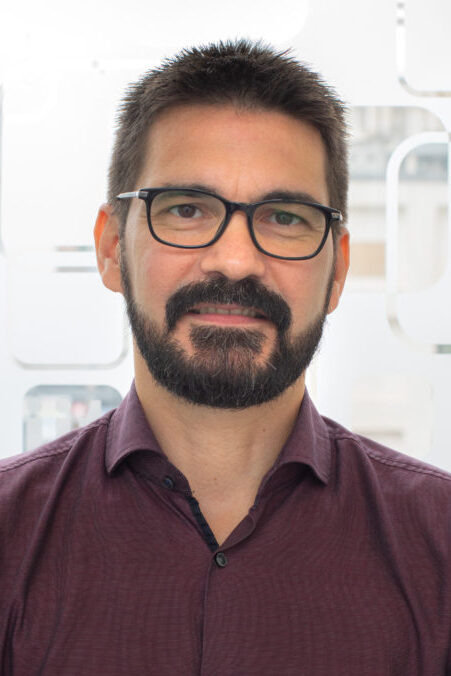
Photochemistry & Organocatalysis - New Radical Opportunities
The chemical reactivity of electronically excited molecules differs fundamentally from that in the ground state. This is the underlying reactivity concept of photochemistry, which has traditionally allowed the development of unique chemical transformations not achievable via conventional ground-state pathways. For example, an excited-state molecule is both a better electron-donor (i.e. a better reductant) and electron-acceptor (i.e. a better oxidant) than in the ground state. This explains why the light excitation of organic molecules can unlock unconventional reactivity manifolds. In this context, our laboratory has been exploring the potential of some organocatalytic intermediates to directly reach an electronically excited state upon visible-light absorption to then switch on novel catalytic functions that are unavailable to ground-state organocatalysis. Studying the mechanism of these photochemical approaches allowed us to expand the synthetic possibilities offered by the excited-state reactivity of organocatalytic intermediates and to develop enantioselective radical processes.
Bill Morandi, ETH Zurich (CH)
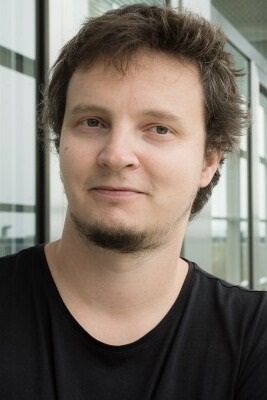
Shuttle Catalysis – a Conceptual Blueprint for Reversible Functional Group Transfer
In this presentation, the concept of shuttle catalysis will be introduced and several recent examples of such reactions will be presented, including for example the upcycling of persistent organic pollutants. Next, another emerging class of reversible transformations, single-bond metathesis, will be presented including new catalytic methods as well as their application to materials science. Overall, these methods provide new tools for the manipulation of molecules across the molecular sciences
Timothy Noël, Eindhoven University (NL)
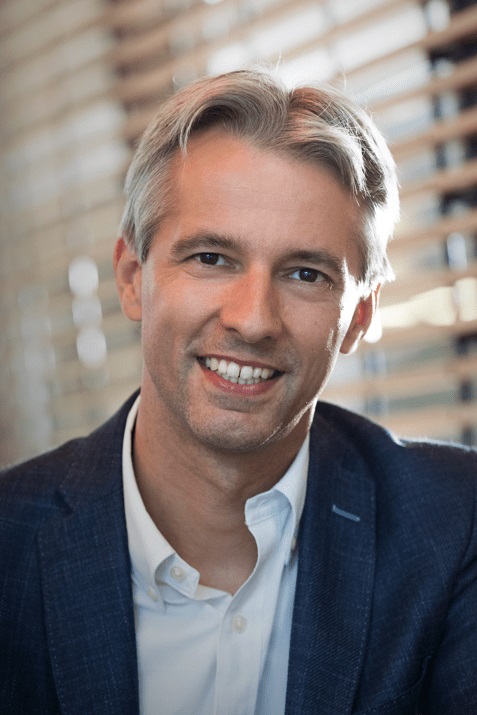
Innovation in photocatalysis Through Use of Flow
My group has taken a great interest in assisting chemists by developing automated and flow-based reaction technologies capable of reducing manual labor, increasing the reproducibility of the results and accelerating reaction discovery. This further allows the chemists to explore uncharted chemical space. In this presentation, we will give an overview of our synthetic methodology development, exemplified by photocatalysis, and how these synthetic methods were impacted by continuous-flow microreactor technology.
Alessandra Puglisi, University of Milan (IT)
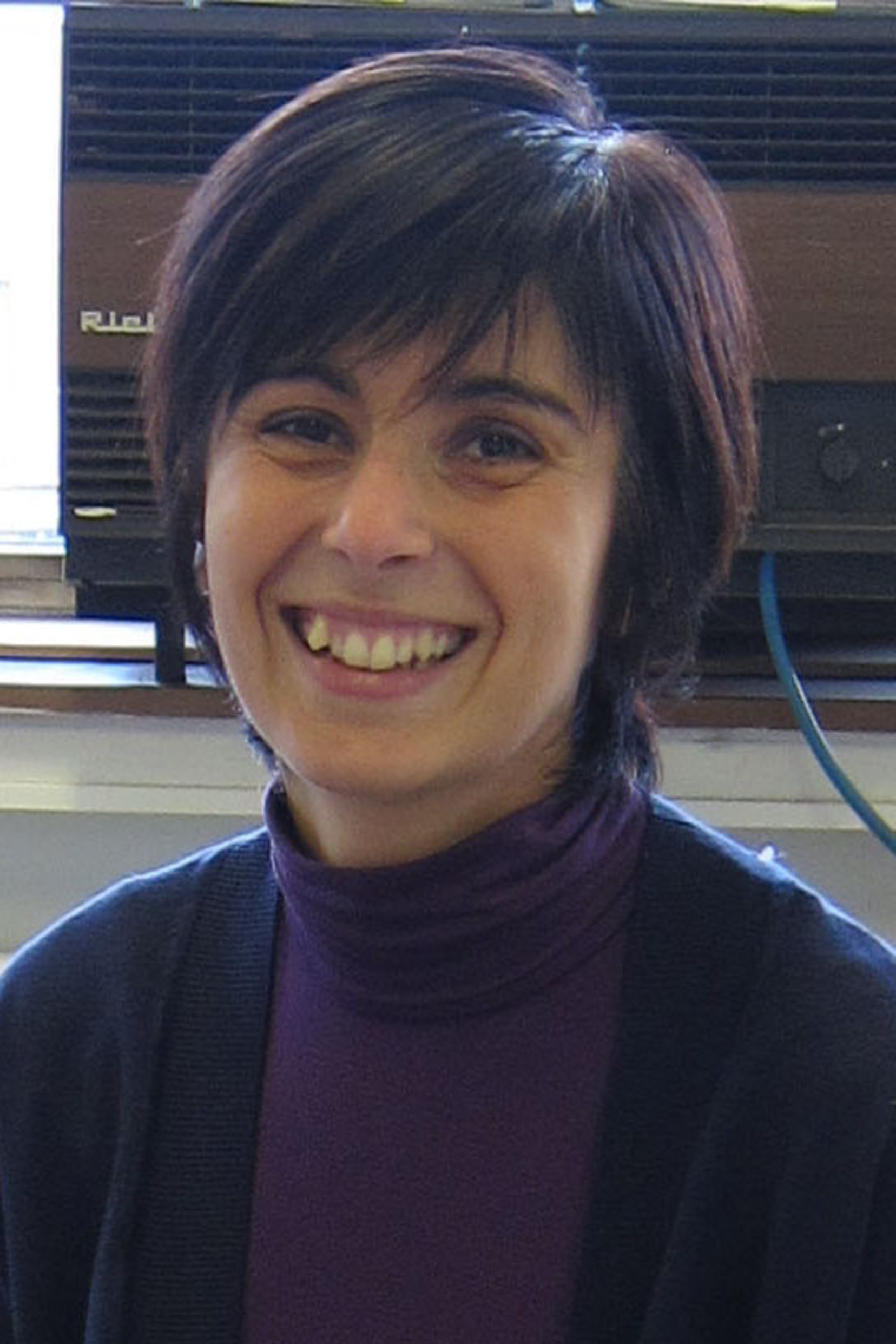
Improving the efficiency of photocatalysis by flow chemistry
In the last decade, we experienced a renewed interest in photochemical reactions, and in particular, photocatalytic reactions, that can open the way to new transformations. One limitation of conducting photochemical reactions in the flask is related to the non-uniform irradiation of the reaction mixture. The goal for continuous-flow chemistry is to overcome the challenges and problems of classical synthesis in batch. Continuous (micro)reactors can be fully irradiated by the light source leading to higher conversion and selectivity, thanks also to less over-irradiation and consecutive degradation. In this talk, some examples of stereoselective photocatalytic transformations will be discussed, with the aim of highlighting the improvements given by the combination of photocatalysis and flow chemistry technology.
Margit Winkler, Austrian Center of Industrial Biotechnology and Graz University of Technology (AT)
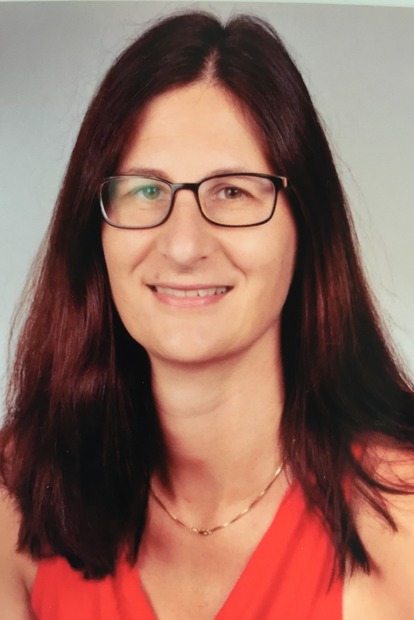
Enzymatic Functional Group Transformations Around Aldehydes and Nitriles
Aldehydes are reactive compounds which can undergo chemical transformations to numerous other functional groups. Carbaldehydes are invaluable chemical handles to make all sorts of interesting compounds. Among them are nitriles: aldehyde surrogates with much greater stability and precursors for yet another wealth of nitrogen containing functional groups. Nature is equipped with a portfolio of enzymes to be used in chemistry: alcohol oxidation, transamination, the cleavage of C=C double bonds, decarboxylation of keto acids, thioester reduction and others. The reduction of carboxylic acids is one of the key reactions in our lab. Among others, we explored a chemoenzymatic route to nitriles and several nitrile forming and nitrile converting enzymes.